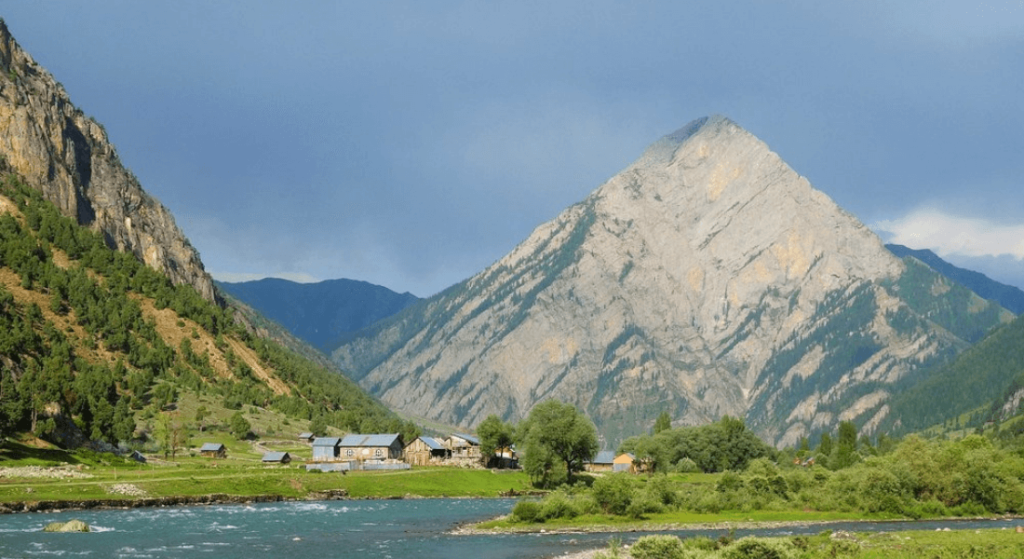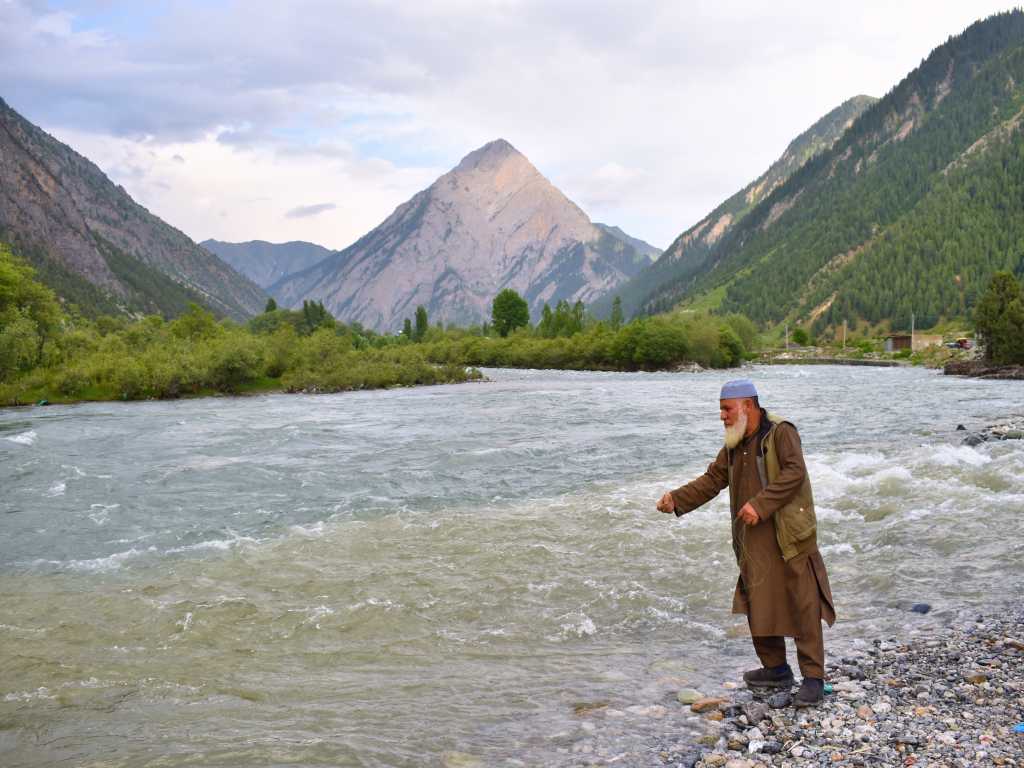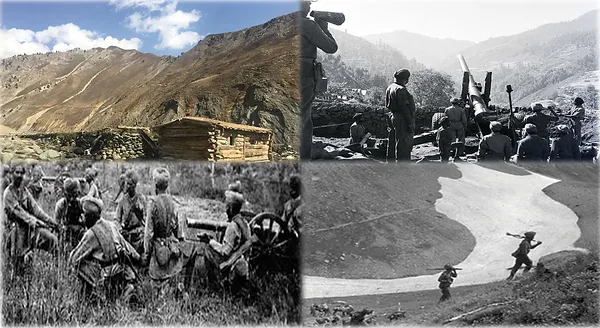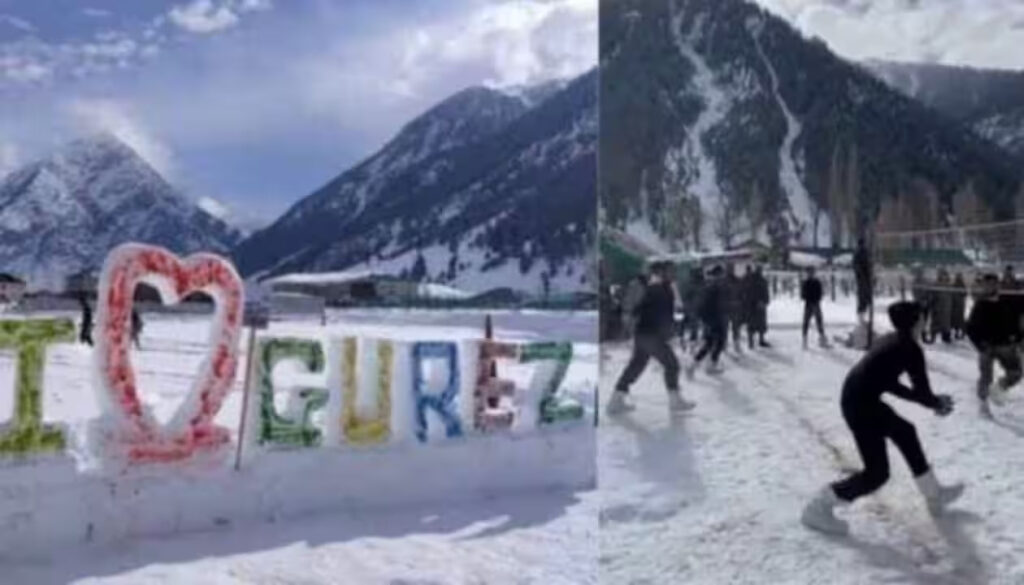History
GUREZ VALLEY: TRACING THE RICH TAPESTRY OF CENTURIES
Nestled in the high reaches of the Himalayas, Gurez Valley stands not only as a testament to the indomitable spirit of nature but also as a living museum of history. This remote valley, veiled in snow for a significant part of the year, has witnessed the ebb and flow of civilizations, leaving behind a rich tapestry that speaks volumes about the historical significance of this enchanting region.
Ancient Roots
The history of Gurez dates back to ancient times, with its roots intertwined with the complex narratives of trade routes and invasions that characterized the region. The valley served as a vital crossroads for the famed Silk Route, facilitating the exchange of goods, ideas, and cultures between Central Asia and the Indian subcontinent.
As caravans traversed the treacherous mountain passes, Gurez emerged as a crucial junction, providing a respite for weary travelers and a hub for economic activities. The melting pot of cultures in Gurez during this period is reflected in the architectural remnants and artifacts discovered in the region, showcasing influences from Central Asian, Persian, and Indian civilizations.


Medieval Marvels
The medieval period witnessed the consolidation of Gurez’s strategic importance. With the rise of empires and the expansion of trade routes, the valley became a coveted territory for various rulers. The Mughals, recognizing its geopolitical significance, established their presence in Gurez, constructing forts and caravanserais that stood as bastions of their authority.
Gurez served as a gateway to the Indian subcontinent for Central Asian conquerors, and the region witnessed multiple invasions and power struggles. The echoes of these tumultuous times can be heard in the ancient walls of forts like Habba Khatoon, which stands as a silent witness to the ebb and flow of history.
Mughal Influence
During the Mughal era, Gurez became an integral part of the administrative machinery. The emperors recognized the need to secure the northern frontiers, and Gurez played a crucial role in this strategy. The Mughal rulers not only left behind architectural marvels but also contributed to the cultural fusion that characterizes the valley.
Trade flourished, and Gurez became a melting pot of artistic expression. The syncretic blend of Central Asian and Persian influences with the local Kashmiri culture gave rise to a unique cultural identity that is still palpable in the traditions and rituals of the region.


Dogra Rule and British Presence
As the political landscape of the Indian subcontinent underwent transformations, Gurez came under the rule of the Dogra Maharajas of Jammu and Kashmir in the 19th century. The Dogras, recognizing the strategic location of Gurez, fortified the region and integrated it into the princely state.
With the advent of the British colonial era, the valley continued to be of strategic importance. The British recognized Gurez as a buffer against potential invasions from Central Asia. The construction of infrastructure and roads during this period further solidified Gurez’s connection to the rest of the subcontinent.
The Partition and Post-Independence Era
The partition of India in 1947 brought about significant changes to the political landscape of the region. Gurez, located near the Line of Control between India and Pakistan, became a sensitive area with geopolitical implications. The people of Gurez, with their unique cultural identity, found themselves at the crossroads of two newly formed nations.
In the years following independence, Gurez has seen periods of tension and tranquility. The harsh winters, geographical isolation, and strategic significance have made it a region of strategic interest. However, despite the challenges, the resilient people of Gurez have maintained their distinct cultural heritage and continue to thrive amidst the breathtaking landscapes.


Gurez Today
In the contemporary era, Gurez is not merely a historical relic but a vibrant region that bears the imprints of its past while embracing the present. The ancient forts and structures still stand tall, a silent testimony to the endurance of time. The people of Gurez, proud of their heritage, carry forward the traditions and customs passed down through generations.
Tourism has gradually found its way into Gurez, bringing both opportunities and challenges. The valley, once a stopover on the Silk Route, is now a destination for those seeking untouched natural beauty and a glimpse into the past. Efforts are being made to balance the influx of tourists with the need to preserve the pristine environment and cultural integrity of the region.
Preserving the Legacy
The history of Gurez is not confined to the pages of textbooks but is etched in the very fabric of the valley. As modernity inches its way into this remote corner of the Himalayas, there is a collective effort to ensure that the historical sites are preserved, and the stories of Gurez are passed on to future generations.
In conclusion, the history of Gurez Valley is a fascinating journey through time, weaving together the tales of ancient trade routes, Mughal splendor, and the resilience of its people. Gurez stands as a living testament to the enduring spirit of a region that has weathered the storms of history while retaining its unique identity. As travelers venture into this Himalayan haven, they not only witness the beauty of nature but also unfold the layers of history that make Gurez a jewel in the crown of the mighty Himalayas.
